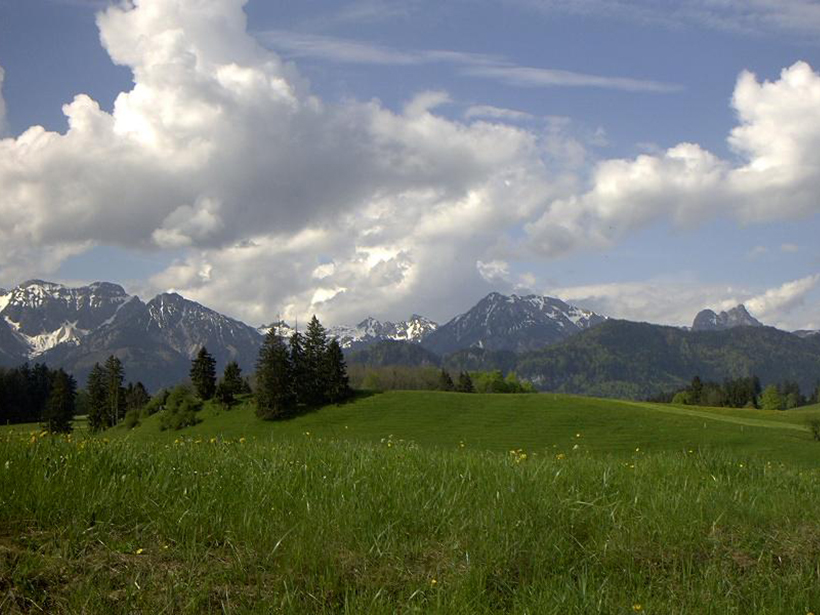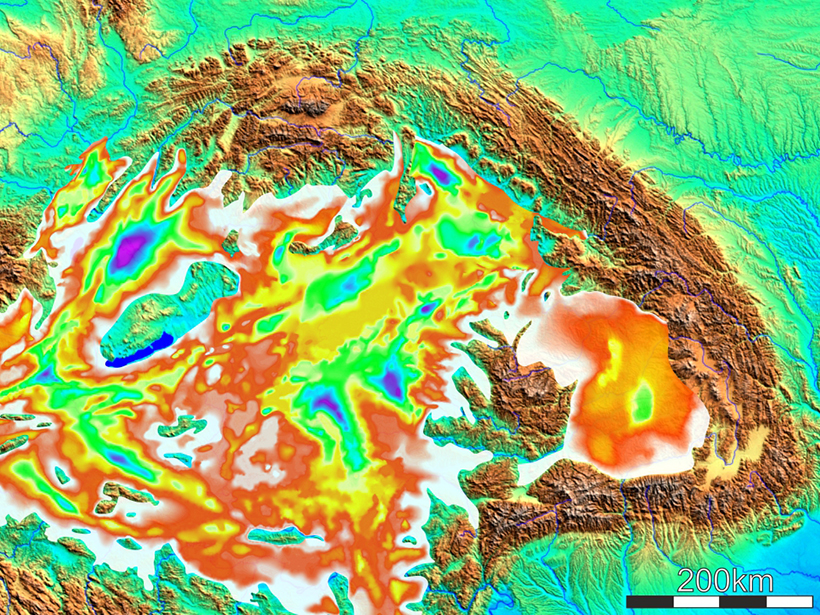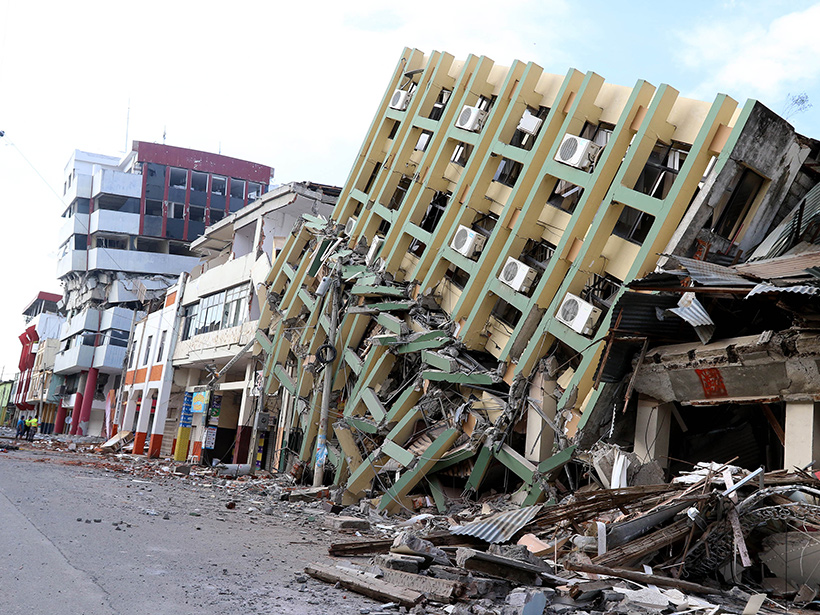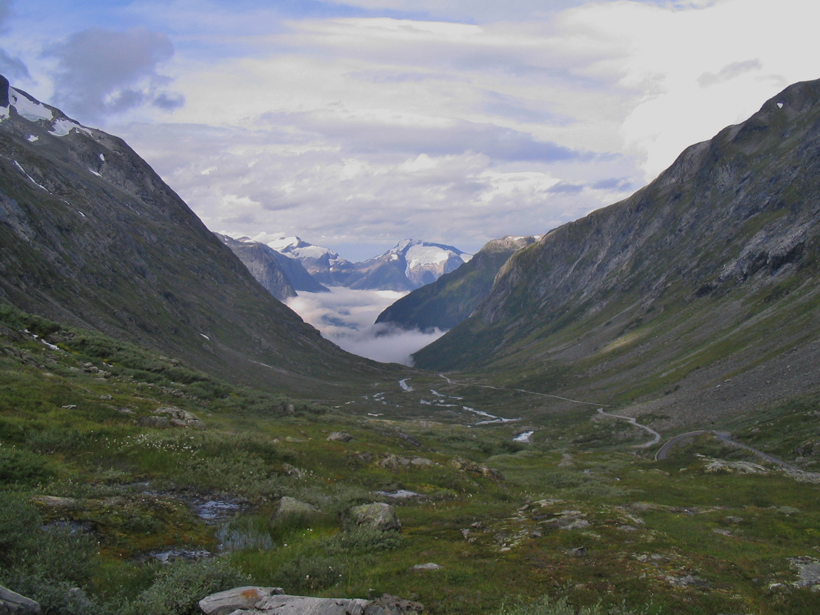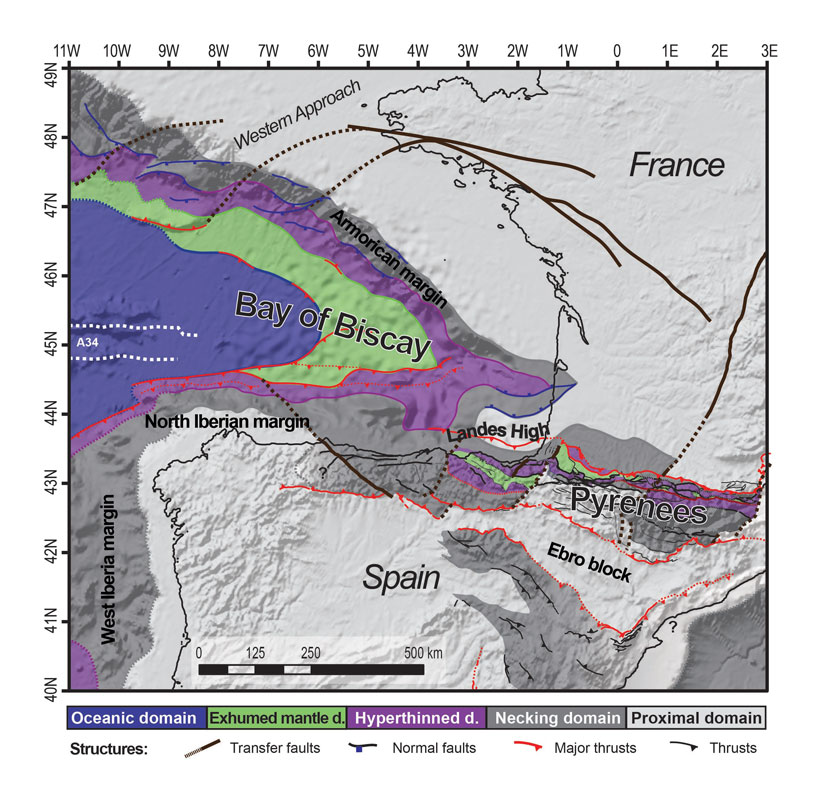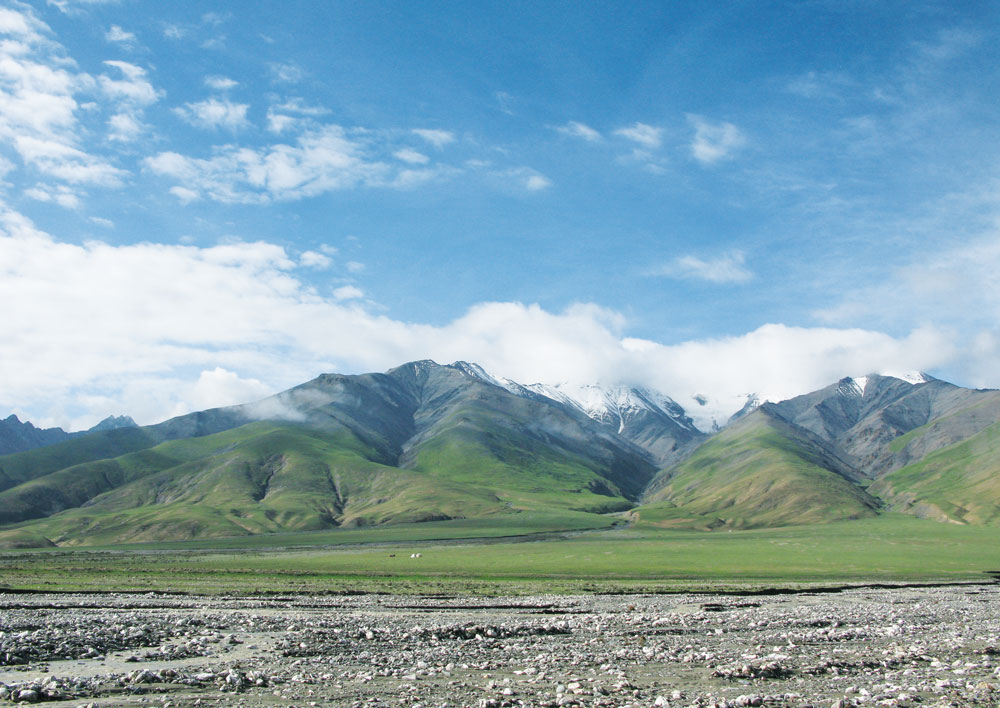A study of deformed and metamorphosed rocks exposed in Tibet’s Lopu Range suggests that episodes of crustal shortening and extension during the evolution of the Himalaya are related to subduction processes.
Tectonics
Reinterpreting the Age and Origins of Taiwan’s Yuli Belt Terrane
Uranium-lead dating of zircons from Taiwan’s east central metamorphic belt offers robust evidence that this uplifted terrane is some 90 million years younger than previously thought.
On the Origin of Low-Angle Detachment Faults
Data from California's Whipple Mountains suggest this complex was formed by a succession of steep normal faults, challenging the paradigm that detachments are different types of faults.
Characterizing the Faults Beneath Germany
A team of researchers has described how the faults within the German Alpine Molasse Basin initially developed.
Unraveling the History of Central Europe's Pannonian Basin
A multidisciplinary model linking the sedimentary and tectonic histories of this structurally complex basin suggests that large amounts of extension occurred there between 20 and 9 million years ago.
A New View of the Plate Dynamics Behind Earthquakes in Ecuador
Scientists get one step closer to an updated seismic hazard map that could help Ecuador prepare for future tremors.
New Insights into the Formation of Old Norwegian Mountains
Researchers look to minerals in rocks from Norway's Western Gneiss Region to determine when the mountain-making period came to a close in the region.
A Window into the Pyrenees Mountains' Geologic Past
Researchers use ancient rifting systems in the Bay of Biscay to investigate the precollision history of the Pyrenees Mountains.
Thin Precollision Crust Can Explain Aspects of Indo-Asian Convergence
The paradoxical thickness of the Tibetan Plateau has puzzled scientists for decades. Now new research offers up an explanation for this mystery.




